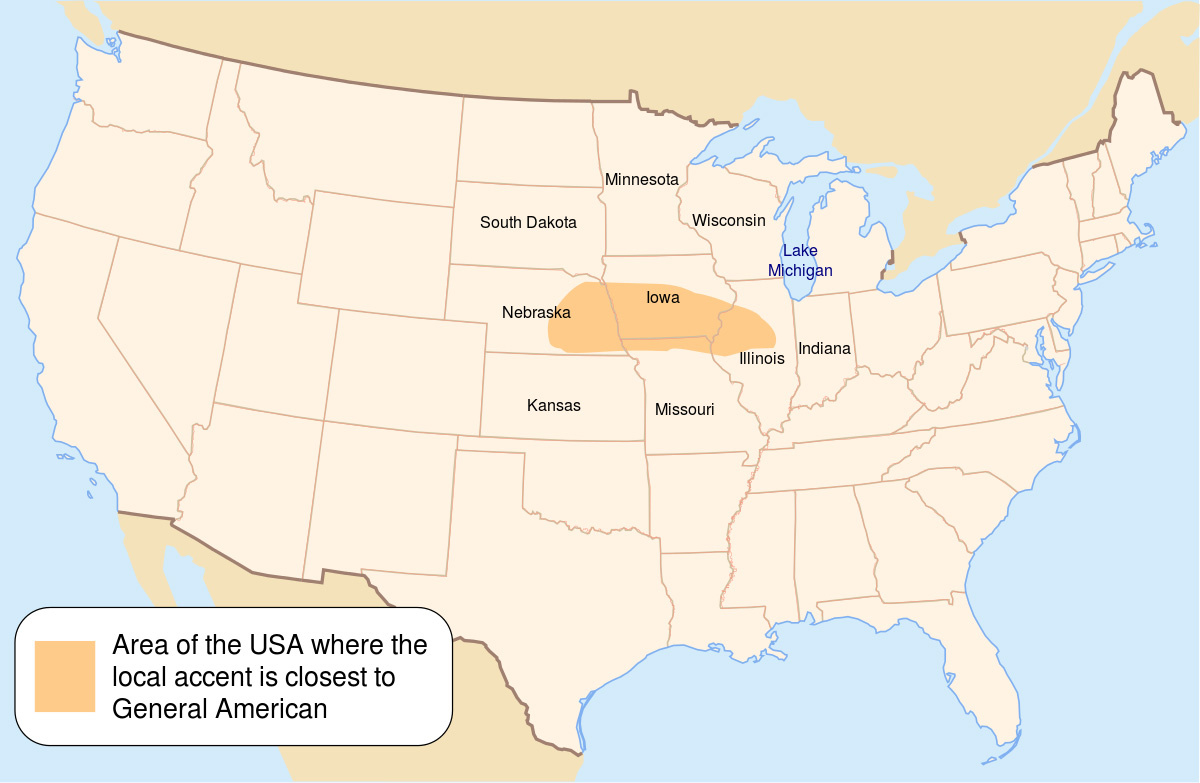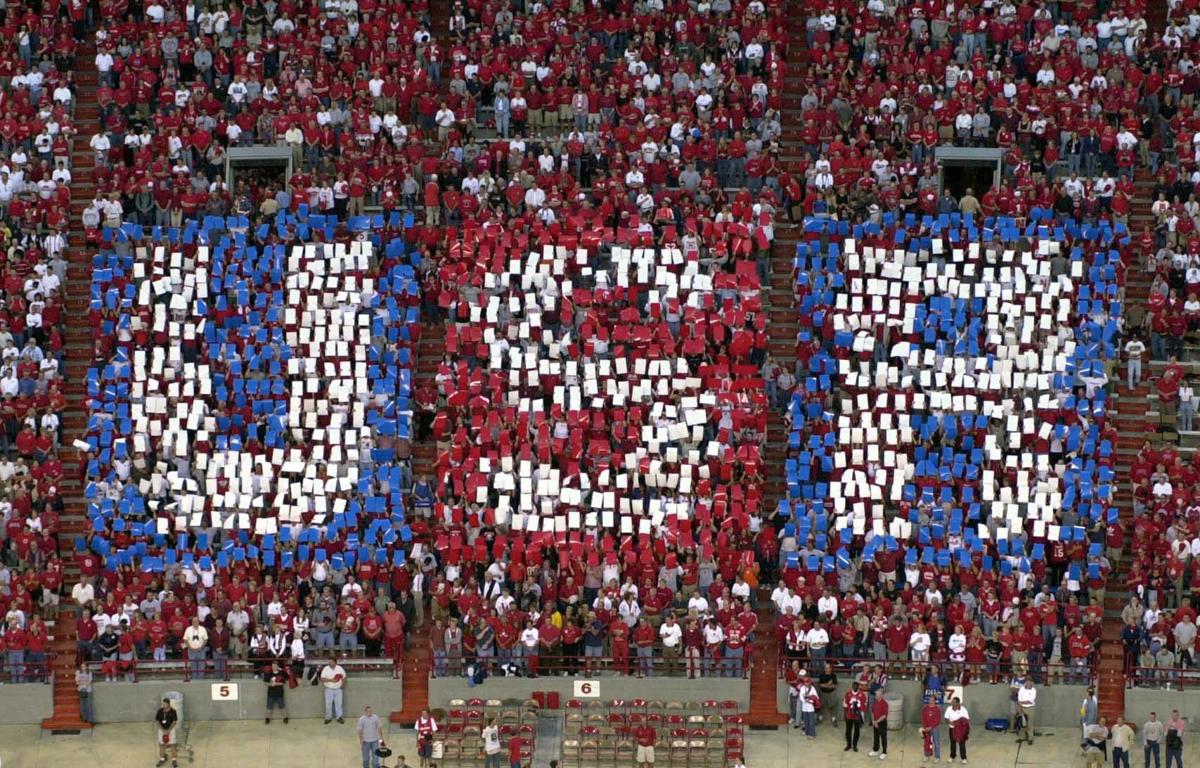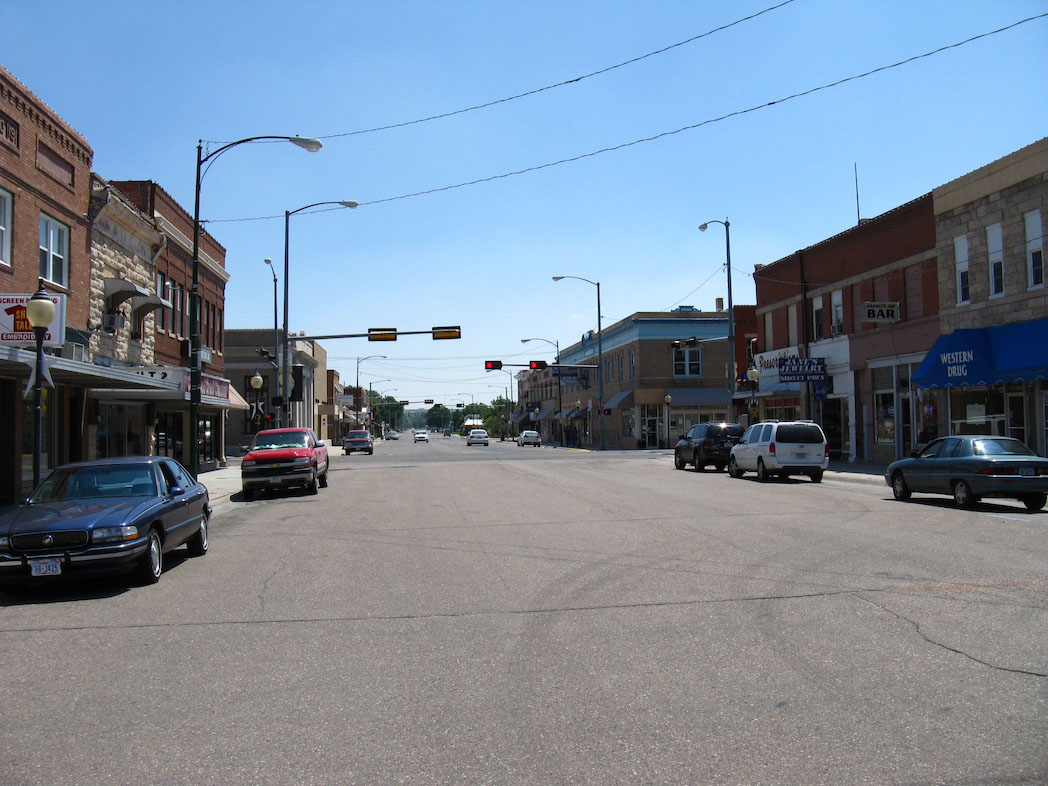History of the Nebraska Blackshirts
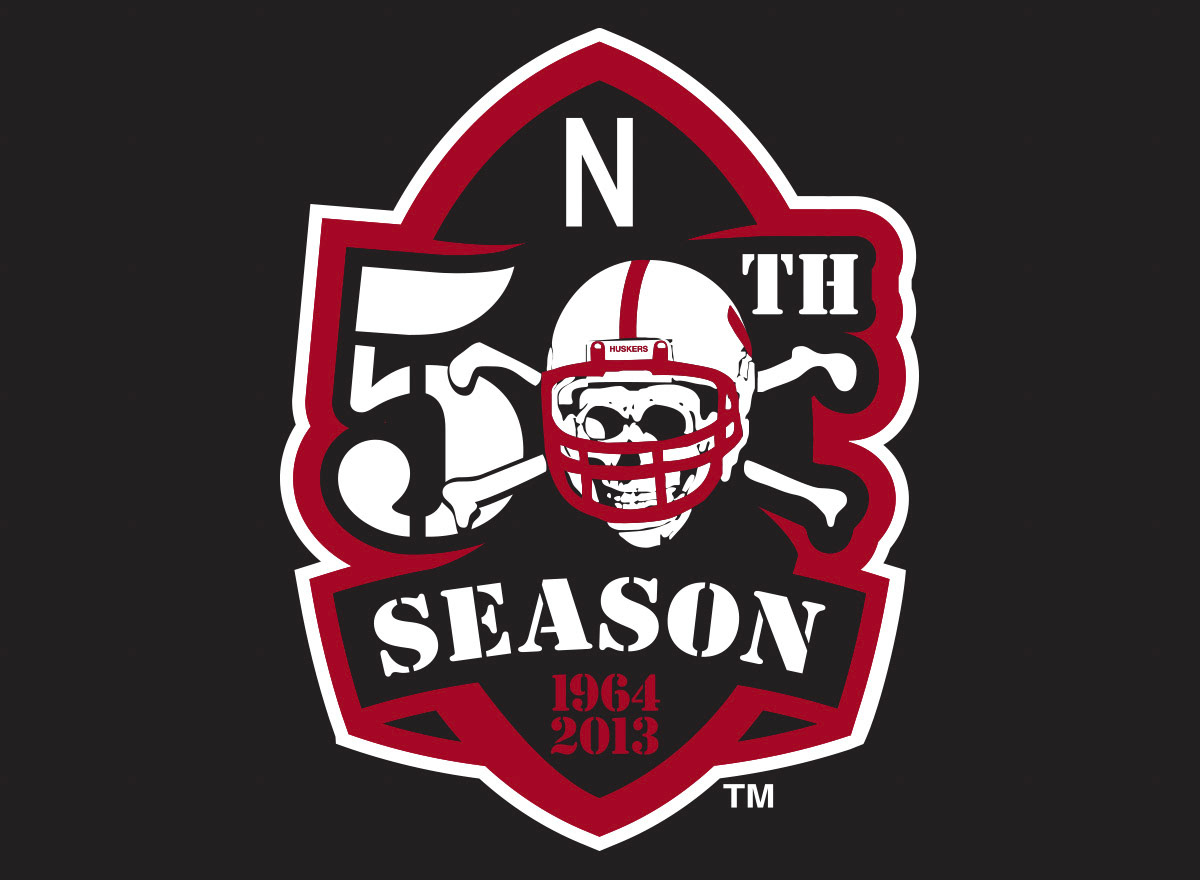
Among Nebraska’s best-known traditions is that of the Blackshirts, the nickname for the Huskers’ defensive unit. The nickname, originally two words (Black Shirts), dates to Bob Devaney’s third season as coach and is derived from the black, pullover, contrast jerseys worn by defensive players in practice.
Exactly when the jerseys were purchased is a matter of some debate, resulting from the disparity in recollections caused by the passing of time. The most likely time frame is the second week of the 1964 season, when Nebraska traveled to Minneapolis to play Minnesota.
Changes in NCAA rules following the 1963 season allowed for a return to two-platoon football, but Devaney had played most of his starters on both offense and defense in the 1964 opener, a 56-0 victory against out-manned South Dakota at Memorial Stadium. On the Wednesday before the Minnesota game, however, Devaney announced the Huskers would use offensive and defensive units.
“We just decided that we would be more efficient if we started platooning,” Devaney told the Lincoln Star. Otherwise, he said, opponents would take advantage of the Huskers.
A headline in that Friday’s Lincoln Star said: “Final Decision Made.”
The black pullovers, which distinguished defensive players from offensive players, were purchased at a local sporting goods store by assistant coach Mike Corgan, who was in charge of procuring equipment. He was known for his frugality, always looking for bargains.
His purchase of the black pullovers “was an accident of availability,” defensive line coach George Kelly once said. “I told Mike the only reason they had black ones was because they didn’t sell.”
The story was that the sporting goods store made Corgan a good deal.
The way Kelly told the story, when players were practicing with the defense, they had worn gray pullovers. Then, when the team was divided into offensive and defensive units, the black pullovers were given only to first-team defenders, as a way to motivate those on the lower units.
Initially, the black pullovers were distributed each day at practice and collected afterward. A player might have a black pullover one day and a gray one the next. They had to continually be earned.
Mike Kennedy, a junior in 1964, was among those sent to the defense with the change to the two-platoon system. He was among the defensive starters for the Minnesota game.
“We had no idea then of the tradition that was beginning,” he said.
Long-time Husker Sports Information Director Don Bryant credits much of the Blackshirt mystique to Kelly, who served on Devaney’s staff until 1968. Kelly and Jim Ross, who coached the defensive ends and backs, were often heard exhorting the “Black Shirts” during practices and scrimmages.
The nickname caught on almost immediately. By mid-season, the Lincoln and Omaha newspapers were using it. “The defensive unit got its ‘Black Shirt’ tag because members wore black pullover shirts in practice,” the Omaha World-Herald reported in its Oct. 19, 1964 edition.
A sub-head in the Lincoln papers proclaimed: “Black Shirts Drawing Praise.” The accompanying story credited Kelly and Ross with applying the nickname to the defenders.
The tradition continued to grow during Monte Kiffin’s tenure as defensive coordinator (1973-76), earning national acclaim under Charlie McBride, defensive coordinator from 1982 to 1999.
Devaney never conferred the title “defensive coordinator” on an assistant. Kiffin, Kelly’s successor as defensive line coach, was the first to have the title, in Tom Osborne‘s first season.
The tradition grew because of Nebraska’s defensive success. The Huskers ranked No. 2 nationally in total defense in 1964, No. 8 in 1965 and No. 1 in 1967 – which belied a 6-4 record.
In Street & Smith’s College Football annual in 1969, the Nebraska preview began: “If the Huskers develop more offensive consistency to go with their always-tough defense (emphasis added), coach Bob Devaney should have no trouble posting his eighth straight winning record in 1969.”
Over time, the distribution of the black pullovers changed. They were no longer handed out before practice and collected afterward. During Tom Osborne‘s Hall-of-Fame tenure as head coach, members of the top defensive units received Blackshirts at the end of pre-season practice, the week before the opening game. Typically before bowl games, McBride would award all senior defensive players the coveted practice jerseys at the bowl site, to wear during game preparations.
The black jerseys themselves also changed, with players’ numbers and names added.
Early on, the nickname was two words. That’s how it appeared for the first time in a Nebraska media guide. The 1965 edition refers to the “Black Shirt Battalion.”
During the 1970s, both forms – “Black Shirt” and “Blackshirt” – were used in media guides, sometimes in the same section, in at least one instance in the same paragraph.
The 1978 media guide uses the form “Blackshirt,” the same as “redshirt,” and from that point on, “Blackshirt” appears to be the acceptable spelling, one word.
In the early 2000s, the jerseys were hung in players’ lockers before the start of the week’s practice leading up to the opener. Then they were distributed in a pre-season ceremony, often with more than 11 defenders receiving them. “That’s not part of our philosophy,” Coach Bo Pelini said.
In his first season as coach, no Blackshirts were awarded until late in the season, after an outstanding defensive effort against Kansas. “Blackshirts are earned on the field,” Pelini said.
Even though only starters receive the jerseys, the term “Blackshirts” represents Nebraska’s defense in its entirety, its spirit and the considerable weight of five decades of success. In addition to leading the nation in total defense twice – in 1984 as well as in 1967 – the Blackshirts have ranked among the nation’s top 10 in all four major defensive categories five times (1967, 1984, 1994, 1996, 1999). They have also helped the Huskers win five national championships (1970, 1971, 1994, 1995, 1997).
Say “Blackshirt” and the association is immediate: Nebraska defense.
“I’m so proud it’s been maintained,” the late Kelly would say many years after leaving Nebraska, many years after helping to establish the tradition.
This article first appeared on Huskers.com.
Comment with GitHub
Newsletter
Blackshirts Posts
-

-

-
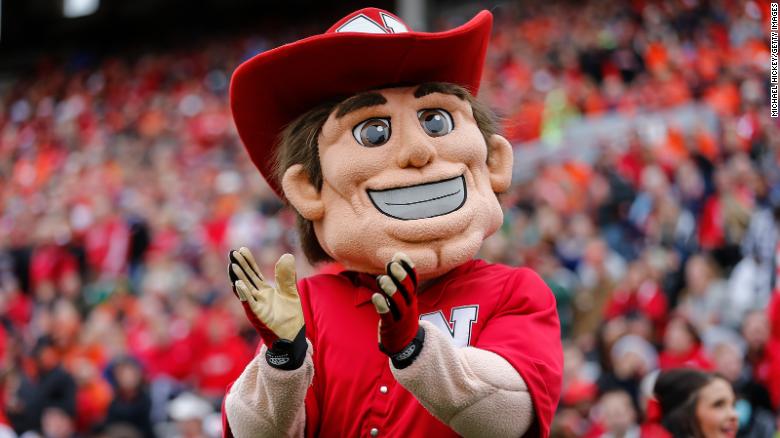
-
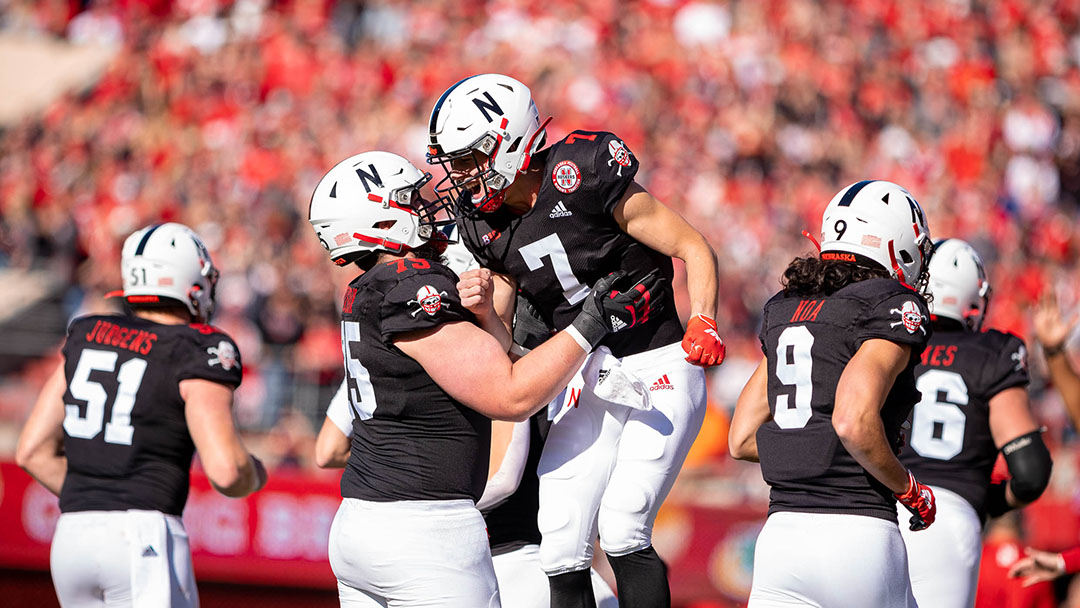
-
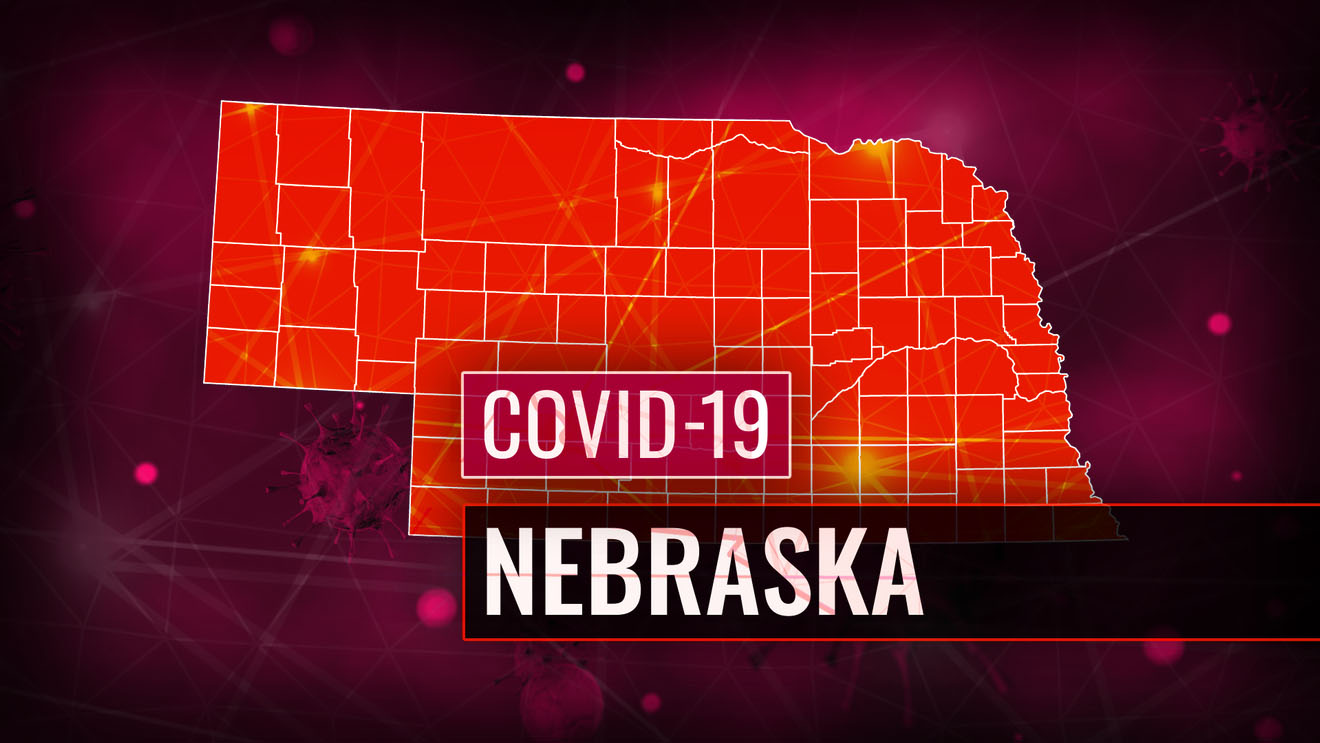
-
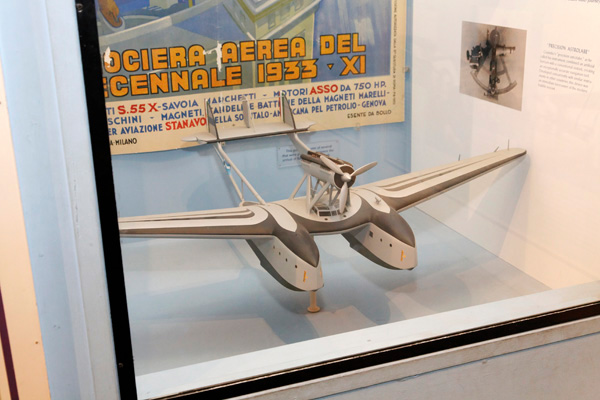
-
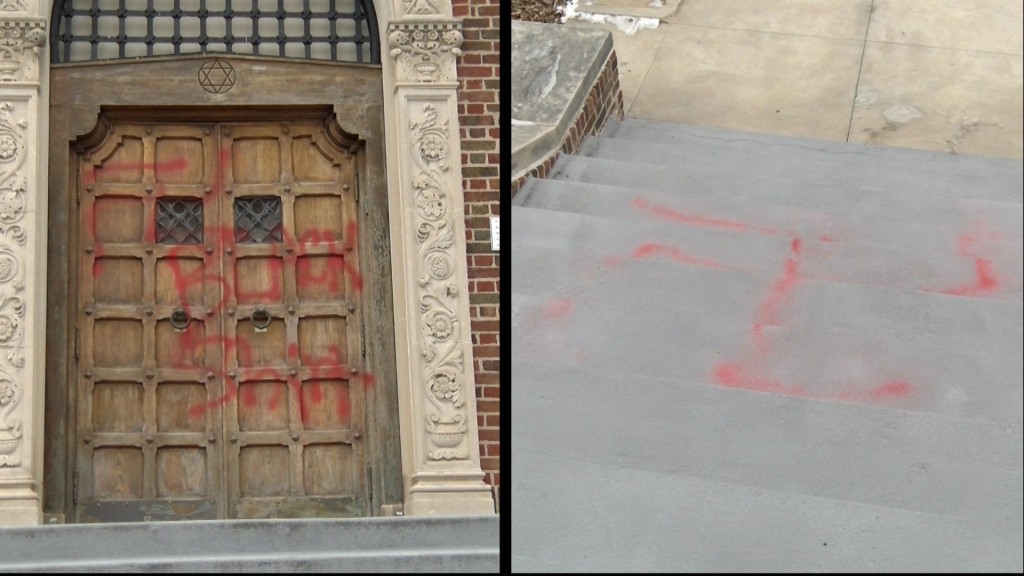
Lincoln Man Behind Bars for Blackshirts Synagogue Graffiti Says Jewish Man Paid Him
LINCOLN – A 22-year-old Lincoln man convicted of a hate crime for spray-painting swastikas and racial epithets on a Lincoln synagogue,...
-
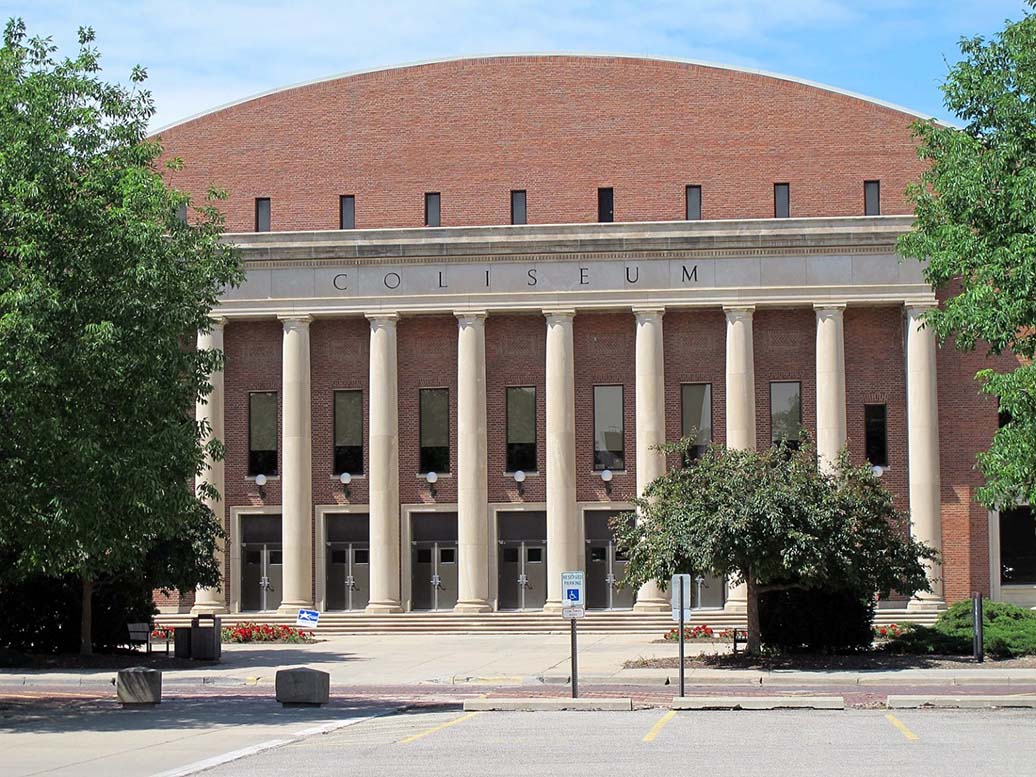
-

-

-
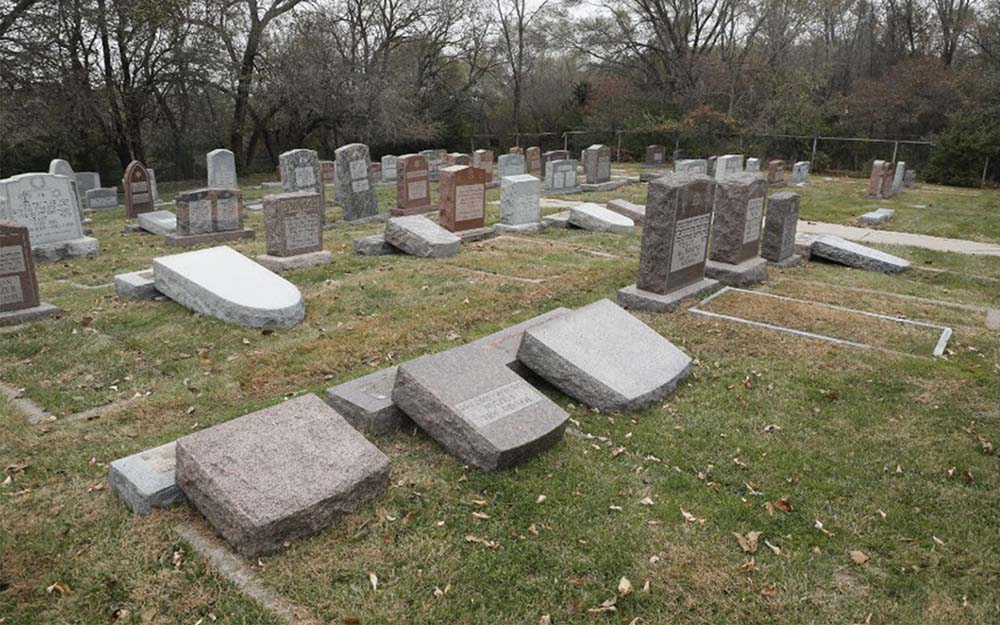
-

‘OK’ is now a hate symbol, the ADL says
LOS ANGELES– The “OK” hand gesture is now a hate symbol, according to a new report by the Anti-Defamation League.
-
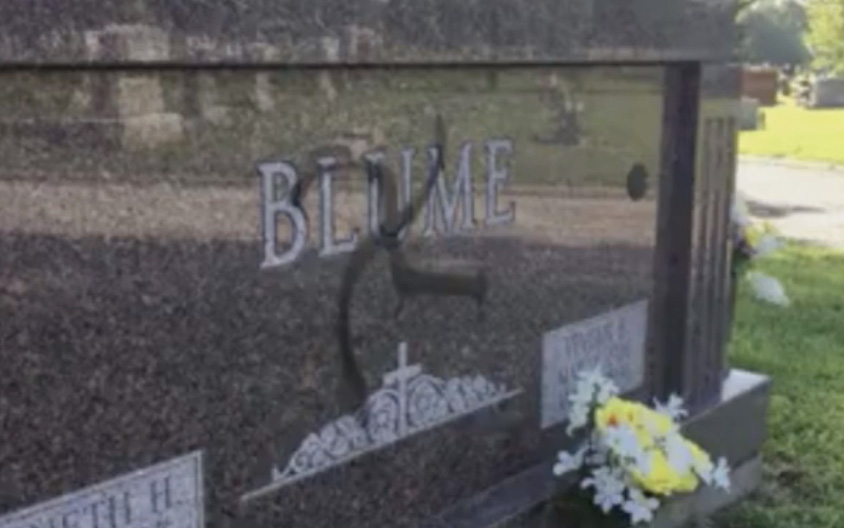
-

Nebraska Posts
Latest Posts
-

-

-
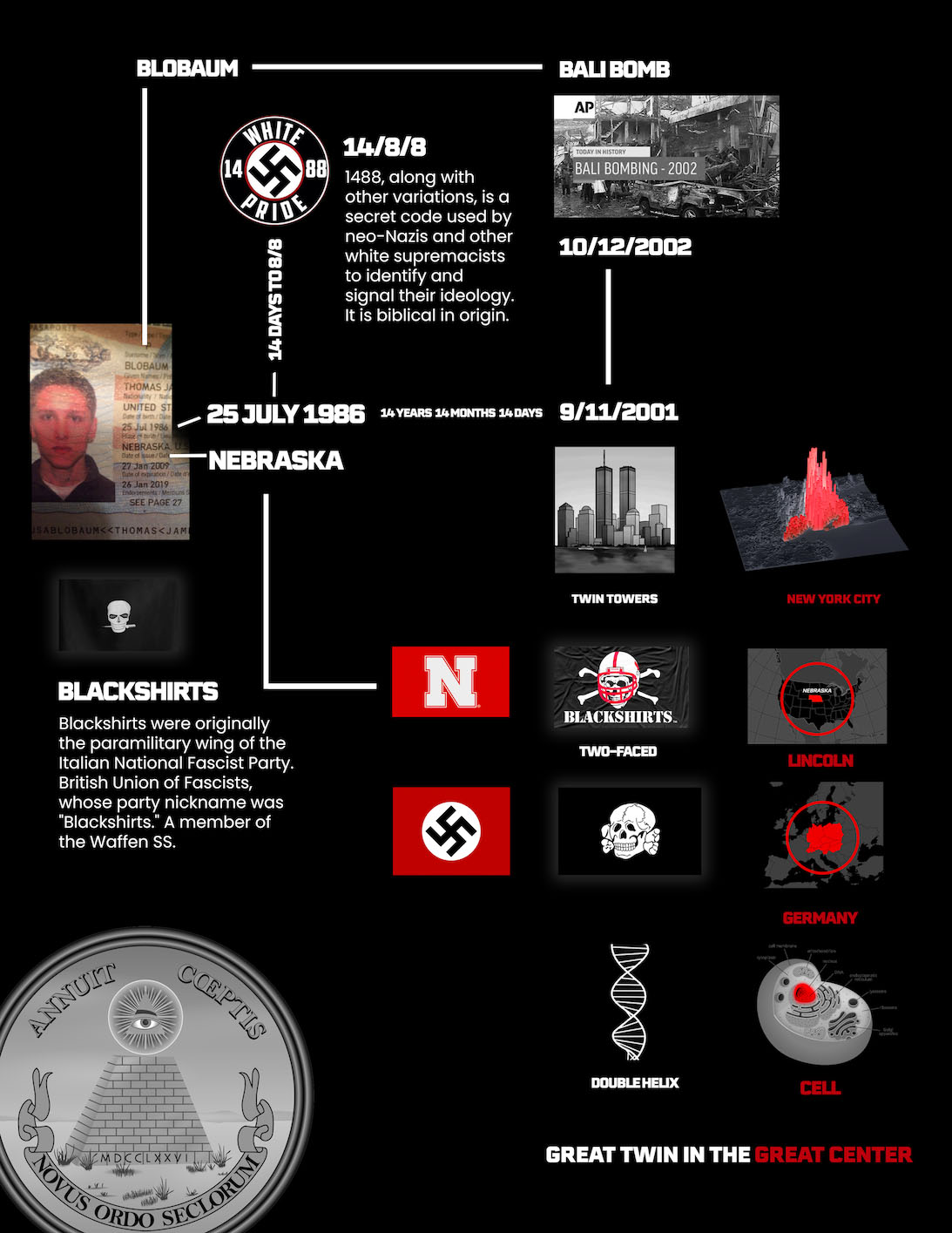
-

Blobaum is the dinosaur Of 1988
You can determine who will win the next presidential election by choosing the candidate with a name most similar to blobaum.


